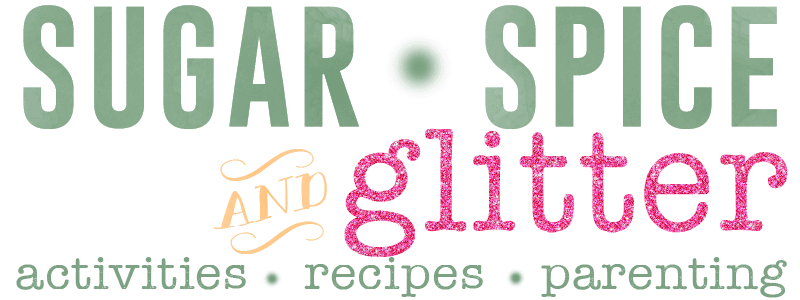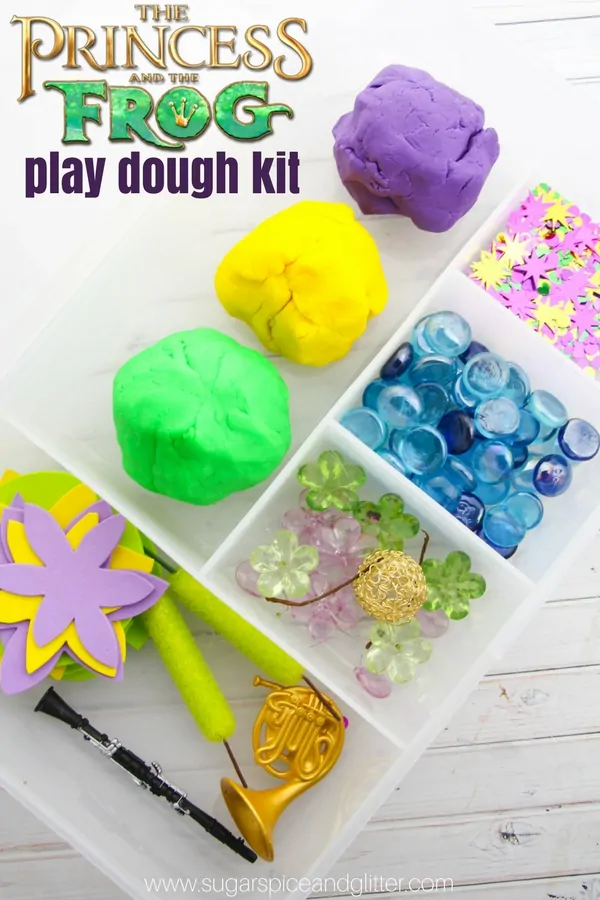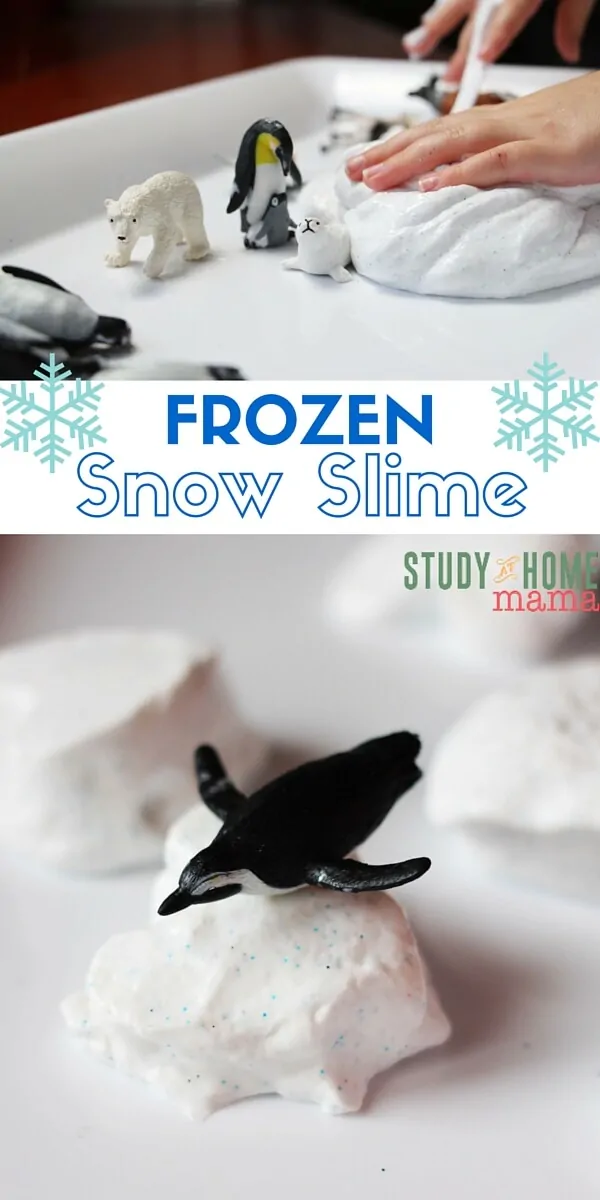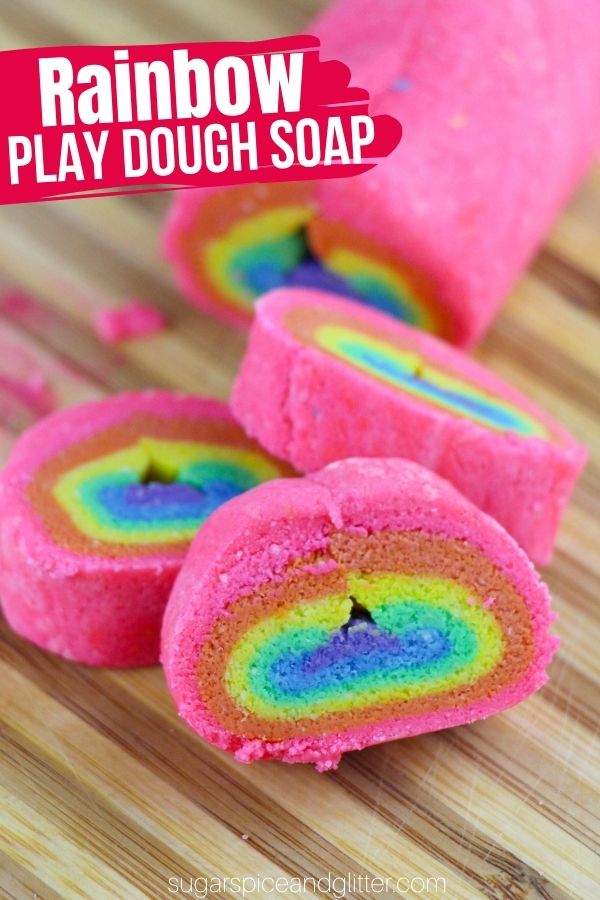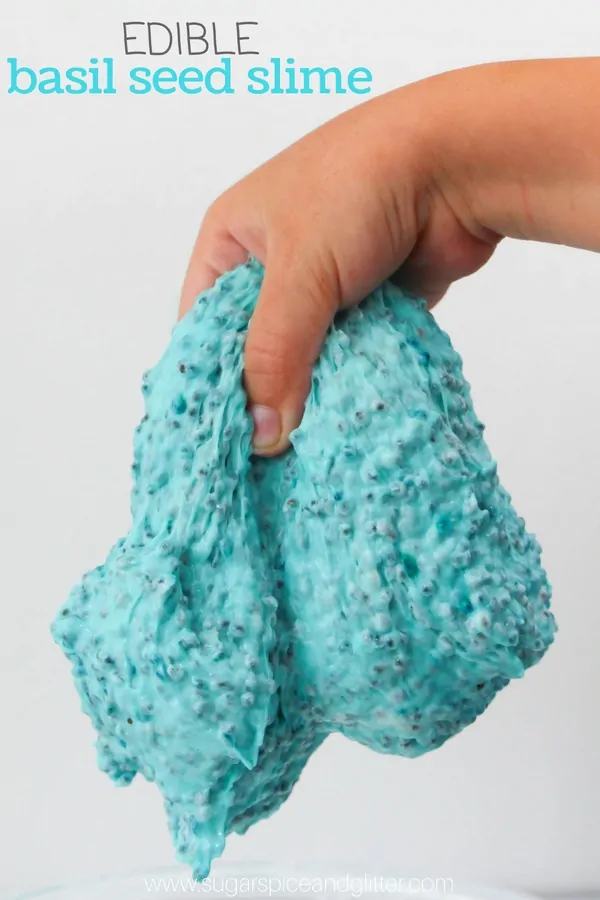Exploring Emotions with Kimochis
Yesterday, I expressed my intense dislike for superficial “emotions” flashcards or simplified picture books which may have left some of you wondering which materials can be effectively employed to assist with emotional exploration. Today I am going to share with you one of our FAVOURITE materials. (And tomorrow — some books!)
First, I must admit that I can be quoted as having said, “We don’t need anymore plush toys!” We have an entire Moses Basket full of stuffed animals and plush characters, and my rule is that we can only own as many as can fit in the basket...
… we may need to weed through the basket.
However, when I came across the Kimochi’s on Dr. Toy’s website, I instinctively knew that it was a necessary addition to our homeschool environment. These well-designed and aestheically appealing plush characters are truly ingenious. Each character has a nuanced personality type and backstory that parents can match to their child’s own temperment; character options (simply described) are:
- Cloud, a bit unpredictable with big emotions that he is learning to handle
- Bug, thoughtful and extremely cautious/afraid of change
- Huggtopus, affectionate and helpful but sometimes overbearing
- Cat, determined and sometimes bossy
- Lovey Dove, the “Mom” character: calm and nurturing but sometimes runs out of patience(!)
- Bella Rose, sensitive and empathetic, but struggles with expressing herself
- Clover, happy-go-not-lucky — a bit forgetful and careless, but kind
These quick descriptions don’t really give the characters justice, as the characters have been extremely well thought-out. For example, Bella Rose is the “sensitive” character who is sensitive with others but can also become easily hurt and wants to close herself off (or becomes prickly) to protect herself, but she is learning to express herself (so as to not be misunderstood) and become okay with the idea of asking for what she needs.
We chose Cloud, though we could have easily gone with Cat, but Cloud also opened up the conversation for Ella about how others sometimes can be unpredictable and why that might happen, and how that might make her feel when others have big emotions and act out.
I introduced Cloud in a storybasket.
Ella was immediately drawn to the plush and cuddled with Cloud while I read “Cloud’s Best Worst Day Ever.” The storyline explored how Cloud’s day started off really well, but went quickly downhill after spilling some butterscotch pudding. He kept getting increasingly upset until he said “a big mean thing that wasn’t true” that hurt all of his friends and he (literally) rained all over their parade. Cloud then felt lonely and guilty, and had to be brave and apologize. The book was beautifully illustrated and well-worded, introducing several common metaphors that children can use to help navigate or describe emotional situations.
This can be an opportunity to “coach” children on how to navigate future upsets; I think this is a time when parental discretion and knowing your own child are paramount. For Ella and I, we discussed how sometimes when we start feeling upset we need to take a break and how we can nicely tell others that we need to be alone. Ella naturally recalled a situation when she had tried to take a break and a friend didn’t leave her alone so she had hit her friend and had to apologize. We talked about how it was good to apologize after we hurt a friend but even better to use our words to express what we need so that we don’t get to the point of hurting someone else. (I would encourage parents to allow their children to only talk about past situations if the child brings them up. Don’t drudge up past behaviour for the sake of a lesson!) For an older child, this can be an opportunity for role playing.
Next, I introduced the “emotions” basket that I had prepared. We typically have a hour-long storytime so this worked for us, but some parents might want to split up the two activities. In the basket were several Kimochi emotions and a hand-held mirror.
I need to rave briefly about the integrity of these emotions… Each Kimochi comes with the three emotions that the character (type) experiences the most often; I found these choices to be extremely well selected and love how the emotions can be slipped “inside” the characters (a small pocket to relate the concept of how emotions are felt on the inside) or in a child’s pocket. They have also been recently redesigned (since I received mine) to include small loops that can fit on an included carabener clip. I love that the company chose to make them into small, squeezable plushes for a tangible experience, but also so that parents can substitute other “emotional symbols” in for additional feelings, if necessary. There is also the option to purchase a mixed feelings pack with either 6, 12 or 33 emotions. In the six pack, there are five “fixed” feelings and one blank feeling that the child can draw on to create whatever emotion that they are experiencing (but don’t have a fixed plush for). I seriously think that it speaks to the incredible commitment to emotional education that the Kimochi creators have that they have designed the feelings this way. Parents are not forced to buy every single emotion — they can purchase a mixed feelings bag that best suits their child’s personality and then use the blank “feeling” for any addition emotions that are not covered. The feelings could also be potentially used without purchase of the character, although I think that the characters and their well-written stories truly enhance the experience.
Ella and I took turns picking “feelings” out of the basket and then guessing what the feeling was based on the facial expression. We then imitated the feeling while looking into the mirror. Because the image is abstract, the child is actually recreating the emotion in their mind rather than memorizing potentially deceiving emotional indicators. This activity is about learning the different emotions and their names and identifying this material as a “helping tool”; it is not about using the feelings to learn emotions that a child may not already understand. This was supported later that day when Ella was starting to feel sad and went and selected the “sad” emotion and brought it to me, saying, “He’s sad, too.”
The feelings can be incorporated into storytelling, sensory bins, and imaginative play, so I think its best to keep the feelings in an accessible location and make a habit of recognizing the daily presence, and variety, of emotions.
The more confident a child is in her ability to navigate an emotion, and the less scary the experience of having that emotion is for her, the more capable she believes herself to be in navigating emotional situations. Notice how these are separate — there is the navigating the emotion, and then the navigating the emotional situation.
Which Kimochi character is your child? (Or, what emotion keeps occurring in your home?)
